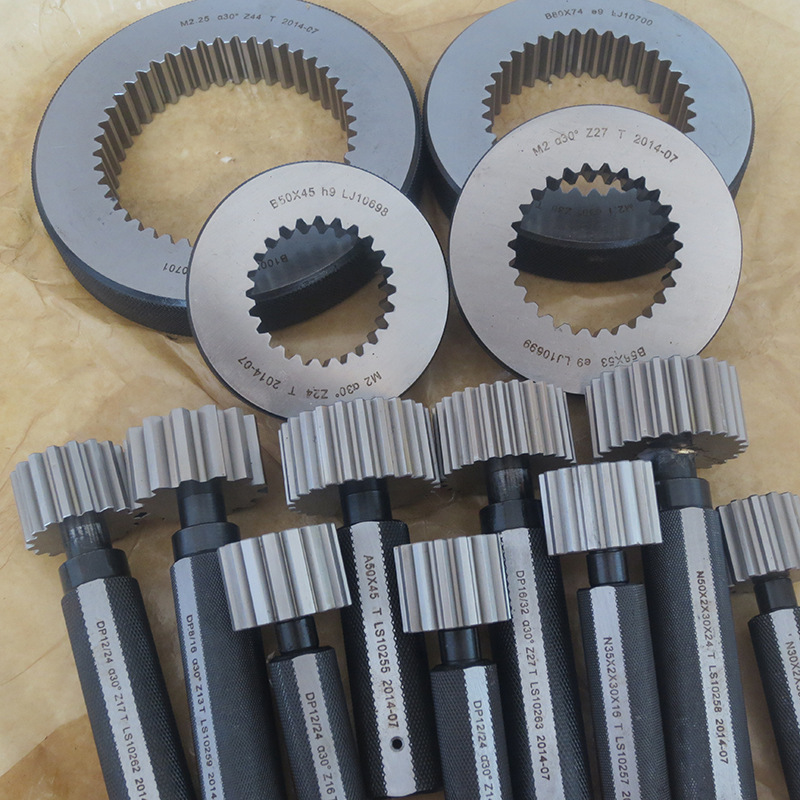Jul . 26, 2024 09:46 Back to list
Exploring the Benefits and Applications of Linear Guide Rail Bearings in Modern Machinery
Understanding Linear Guide Rail Bearings An Essential Component in Precision Machinery
Linear guide rail bearings are crucial elements in the field of precision engineering and automation. These components are designed to provide smooth, linear motion for a variety of applications, ranging from industrial machinery to robotics. Their ability to facilitate movement with minimal friction and high accuracy makes them indispensable in modern manufacturing processes.
What Are Linear Guide Rail Bearings?
Linear guide rail bearings, often referred to simply as linear bearings, consist of a rail and a bearing block. The rail, typically made of hardened steel or aluminum, provides a smooth, flat surface for the bearing block to glide along. The bearing block houses balls or rollers that reduce friction and allow for smooth movement. This design is ideal for applications requiring precise linear motion over long distances.
The key to the effectiveness of linear guide rail bearings lies in their construction. By utilizing high-quality materials and advanced manufacturing techniques, these bearings can achieve high load capacities while maintaining low friction. Additionally, they are engineered to withstand various environmental conditions, including dirt, dust, and moisture, making them suitable for use in a wide range of industries.
Applications of Linear Guide Rail Bearings
Linear guide rail bearings are utilized in numerous applications across multiple industries. In manufacturing, they are often used in CNC (Computer Numerical Control) machines, where precise movement is essential for cutting, milling, and engraving. In robotics, linear guide rails facilitate the smooth operation of robotic arms, allowing them to perform tasks with high accuracy and repeatability. Furthermore, they are used in inspection machines, packaging machinery, and even in the construction of specialized medical equipment.
The versatility of linear guide rail bearings extends beyond industrial applications. They are also found in consumer products, such as printers and scanners, where precise linear movement enhances functionality and performance.
Advantages of Linear Guide Rail Bearings
linear guide rail bearing

One of the primary advantages of using linear guide rail bearings is their ability to reduce friction. Traditional sliding bearings often result in increased wear and tear, leading to reduced efficiency and shortened equipment lifespan. In contrast, linear guide rail bearings minimize contact area and friction, enhancing the longevity and performance of machinery.
Another significant benefit is their accuracy. Linear guide rail bearings are designed to provide precise control over movement. This is crucial in applications where even minor deviations can lead to significant errors, such as in manufacturing and assembly processes.
Moreover, linear guide rail bearings are adaptable to various load conditions. They can support heavy loads while maintaining stability and accuracy, which is essential in industrial environments where equipment often operates under strenuous conditions.
Choosing the Right Linear Guide Rail Bearing
When selecting linear guide rail bearings, several factors should be considered, including load capacity, speed, environmental conditions, and specific application requirements. It is also essential to assess the level of precision needed; for applications requiring high accuracy, it may be necessary to opt for high-precision linear bearings.
Additionally, maintenance is an important aspect to consider. While linear guide rail bearings typically require less maintenance than traditional bearings, regular inspections and lubrication can enhance their performance and lifespan.
Conclusion
In summary, linear guide rail bearings play a vital role in the functioning of modern machinery. Their ability to provide smooth, accurate, and low-friction movement makes them essential for a wide range of applications in various industries. As technology continues to advance, the development of new materials and designs for linear guide rail bearings will likely pave the way for even greater precision and efficiency in the future. Understanding the mechanisms, advantages, and applications of these bearings can help industries optimize their processes and improve overall performance.
-
Y Type Strainer Maintains System Efficiency Long TermNewsJul.15,2025
-
Valve Selection Guide for Industrial ApplicationsNewsJul.15,2025
-
Steel Fab Table Provides Durable Work Surface for WeldingNewsJul.15,2025
-
Pad Iron Provides Stable Support for Heavy MachineryNewsJul.15,2025
-
One Inch Check Valve Fits Standard Plumbing SystemsNewsJul.15,2025
-
Measuring Micrometer Ensures Precise Dimensional AccuracyNewsJul.15,2025
Related PRODUCTS









